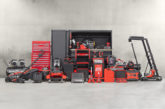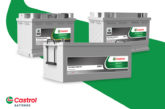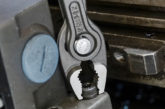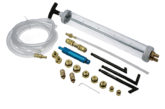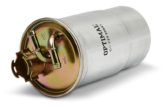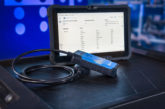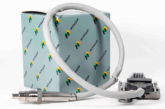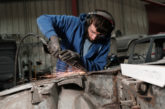
In this Q&A, Sealey tells PMM why its recently-launched induction heater is a must-have tool in any workshop.
PMM: Why is quality workshop equipment so vital?
Sealey (S): Equipment is a vital part of any workshop, irrespective of the range of vehicles being worked on. Quality tools and equipment enable a technician to carry out a quality repair. When selecting equipment, however, there are many factors to consider: What is the equipment required for? Is it fit for purpose? Does it meet legal requirements? Is it value for money?
“Induction heaters work by electro-magnetic induction. The heater consists of an electro- magnet and an oscillator. Passing a high frequency AC current through the electro-magnet creates a rapidly alternating magnetic field, which creates electrical currents inside the conductor.”
Suppliers of workshop equipment have a legal requirement to ensure that certain types of equipment have been tested to specified standards, and that certification and test reports accompany them and are up-to-date.
PMM: Are there any recent additions to the Sealey stable that are of particular note?
S: Induction heaters are an increasingly useful piece of equipment to have in a modern workshop. Before these became available, the only form of heating to release stubborn components tended to be Oxy-Acetylene torches. Using a flame for a heat source has its limitations and at times is not a very practical option, as many a technician will attest to.
With that in mind, Sealey has recently introduced a 2000W Induction Heater to its ever-expanding range. This compact and mobile unit produces a very fast heat delivery and is ideal for heating stubborn and seized fixings as an aid to removal. The heater is supplied with induction coils of various sizes, a special dent induction block for panel expansion, an induction pad for plastic trim/sticker removal, and a flexible 740mm long coil for wrapping around larger components such as exhaust pipes and suspension parts.
PMM: So how does it work?
S: Induction heaters work by electro- magnetic induction. The heater consists of an electro-magnet and an oscillator. Passing a high frequency AC current through the electro-magnet creates a rapidly alternating magnetic field, which creates electrical
currents inside the conductor. These are called eddy currents. These eddy currents flow through the object and create heat within it. The big advantage of induction heating, as opposed to conductive heating, is that the heat is generated inside the object being heated. This means objects can be heated very quickly and in a controlled way.
PMM: What are the benefits of using induction heat over conventional methods?
S: The Sealey VS230 Induction Heater benefits from having a slim design torch for easy access, and holding screws which secure the coils, ensuring a good electrical connection. Once the required coil has been selected and tightened with the holding screws, the coil simply needs to be placed over the fixing to be heated, the trigger must be operated, and then the fixing will get hot.
This process is particularly useful when trying to remove fixings that have seized due to corrosion, or when stubborn bearing races need to be removed where conventional methods are not always possible. This not only saves time for the technician, it also means adjacent components do not become heat damaged, as is often the case when a flame is used as a heat source.

